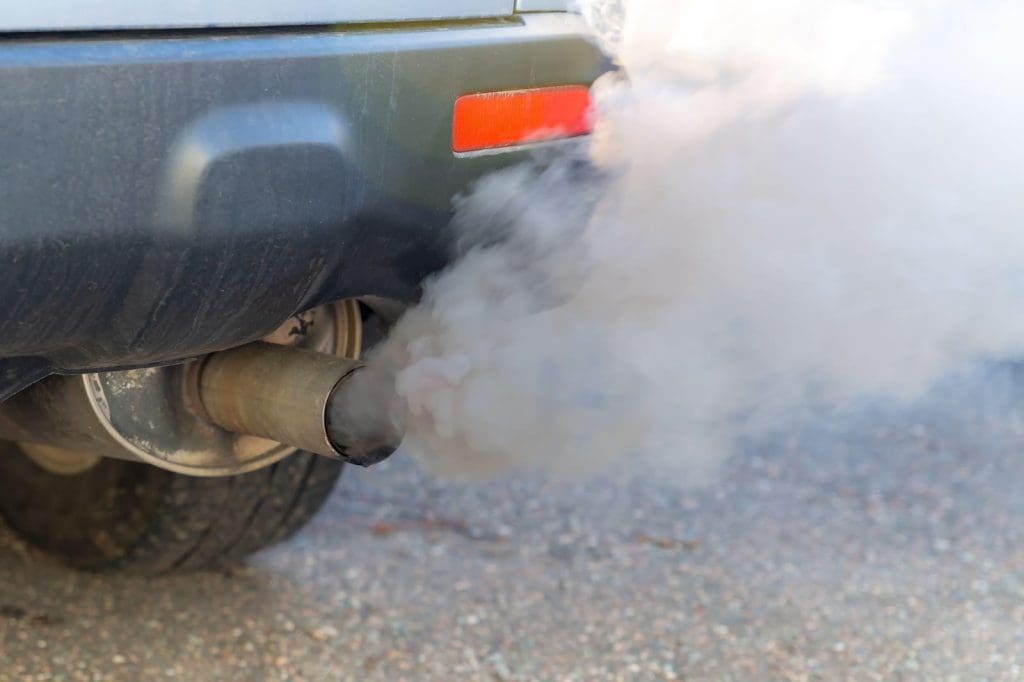
Gaseous compound carbon monoxide may be the simplest molecule of the oxocarbon family, but it can cause very complex issues including serious injury or death when misused, mishandled or in cases of overexposure. Read on to discover more about carbon monoxide, and why it’s earned the moniker, ‘the silent killer’.
Carbon monoxide (CO), is a colourless, odourless, tasteless gas that if inhaled, can cause serious health problems that may result in a coma or death. Due to its practically undetectable nature, it can seem like carbon monoxide poisoning happens out of the blue. However, it is possible to track the amount of carbon monoxide in the air with devices such as carbon monoxide detectors.

Carbon monoxide is produced as a result of incomplete combustion, such as during the burning of fossil fuels. Carbon monoxide can be naturally occurring, released from volcanoes when they erupt, natural coal mine gases, marine algae, and even from lightning. However, the gas can also be generated as a byproduct from a range of domestic heat sources. These include gas heaters and stoves, wood or charcoal heaters, wood-burning barbeques and fireplaces, and car exhausts. It is the artificially producing carbon monoxide machines that pose the greatest threat.
Carbon monoxide is in the air around us, so why aren’t we poisoned all the time? The answer is, it has everything to do with the saturation level of carbon monoxide in the atmosphere. If the level of carbon monoxide is higher than a certain ppm, then it will become harmful.
A common source of carbon monoxide poisoning is from unvented heaters in the home. This is when the heater is being vented into the room instead of outside, resulting in carbon monoxide being released and consuming the oxygen in the air. Some modern heaters have oxygen sensors which means that the heater will automatically turn off if the surrounding oxygen falls below a certain level. Older heaters do not have this feature.
If there are high levels of carbon monoxide in the air, it will diffuse rapidly into the bloodstream and bind with the haemoglobin, forming carboxyheamoglobin. In turn, this reduces the capacity of blood to carry oxygen in the body.

The most common means of exposure to carbon monoxide poisoning is inhalation, as carbon monoxide is a gas. Once inhaled, carbon monoxide poisoning can present as a range of symptoms, some of which mimic other health conditions such as the flu or food poisoning.
Some of the common effects and symptoms of carbon monoxide poisoning are:
Your healthcare professional will diagnose carbon monoxide poisoning based on knowledge of exposure, and treatment will be started as soon as possible. Your healthcare provider may also ask for blood tests, scans, or they may perform a physical exam.
If you know you have been exposed and you are still conscious, remove yourself from the area as quickly as you are able. Turn off the source of the carbon monoxide if safe to do so and move to a fresh air source. If you are attending the scene, call emergency services and start CPR if needed.
If you have carbon monoxide you need to store safely, we are here to help. At Chemwatch we have a range of experts spanning across all chemical management fields, from heat mapping to Risk Assessment to chemical storage, eLearning and more. Contact us today to find out more at sa***@*******ch.net.
Sources: